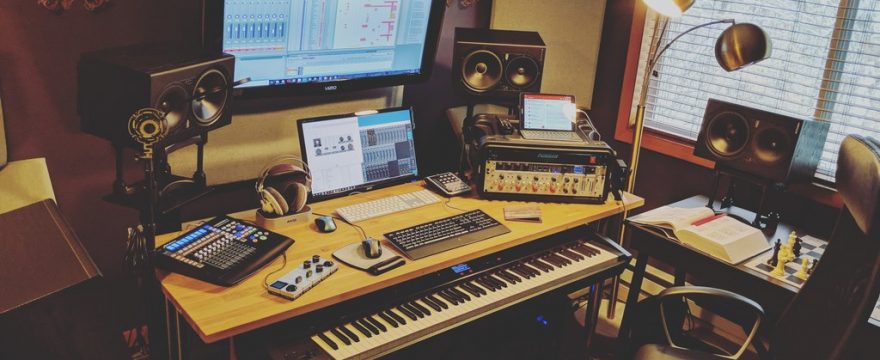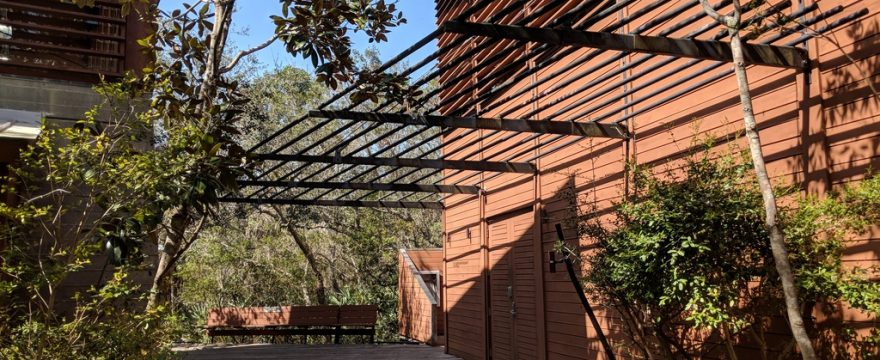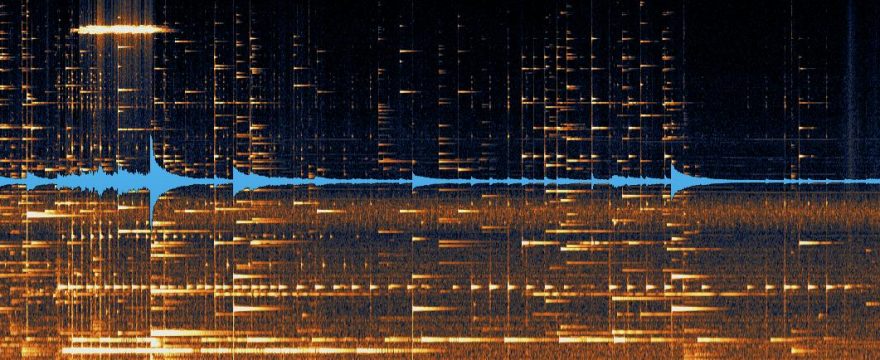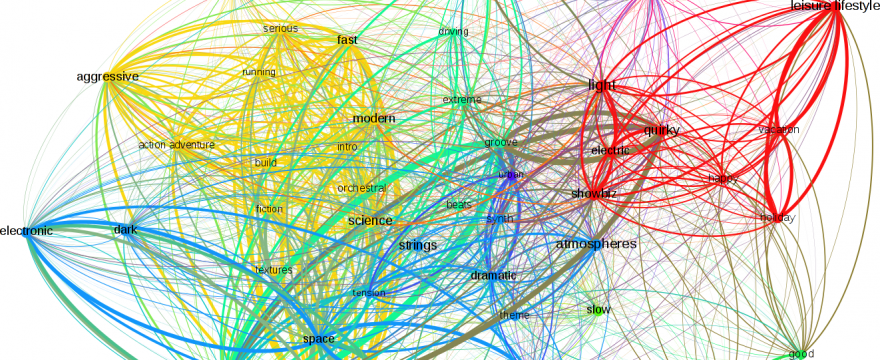I spent the last three weeks in Florida working with a 10-speaker dome configuration. But for reasons both musical and practical, I won't be adopting the dome in my current workflow. At least not …
Atlantic Center for the Arts Residency
I've just returned from a three-week residency at the Atlantic Center for the Arts in New Smyrna Beach, Florida -- and what an INCREDIBLE experience it was! From the wonderful studio facilities to …
Continue Reading about Atlantic Center for the Arts Residency →
Composing Music with Isomer
After graduating Eastman in 2002, I got involved with music informatics research and spent several years developing music search and discovery technologies. During that time, I was exposed to emerging …
Representing Musical Models (the Isomer way)
Isomer is a suite of software that produces an abstracted representation of the characteristic trends present in musical language through the analysis of symbolic or audio input. Isomer uses this …
Continue Reading about Representing Musical Models (the Isomer way) →
The Pleasures of Music
Much of what currently passes as interdisciplinary work in computational creativity is profoundly lacking in artistic experience and understanding. This is a pervasive and critical flaw -- after all, …
Automating Musical Descriptions: A Case Study
It's widely accepted that music elicits similar emotional responses from culturally connected groups of human listeners. Less clear is how various aspects of musical language contribute to these …
Continue Reading about Automating Musical Descriptions: A Case Study →





